The best way to get long shapely legs is to do at least 75 reps in the abductor/adductor machine followed by 75 more reps in the leg extension machine, right? Wrong! Although not necessarily lethal, some of these machines should be avoided to reduce the risk of injury. Plus, there are simply better—and safer—options.
Once again, we are reviewing some common exercise selections and identifying which ones may not be the safest option for helping your clients achieve their goals. Here are some potentially dangerous leg exercises and along with better options for a safer and more effective replacement.
1. Seated Leg Extension
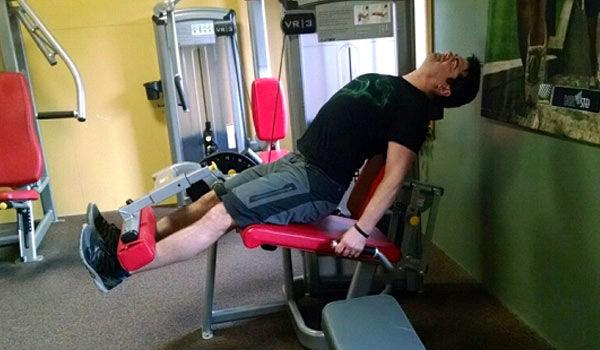
What makes the leg extension machine a potential hazard? Because the load is on the far end of the leg near the ankles, it places a tremendous amount of torque on the knee, which can potentially cause injury to ligaments and cartilage in the knee.
Goal: Strengthen the quadriceps
Replace With: Squats
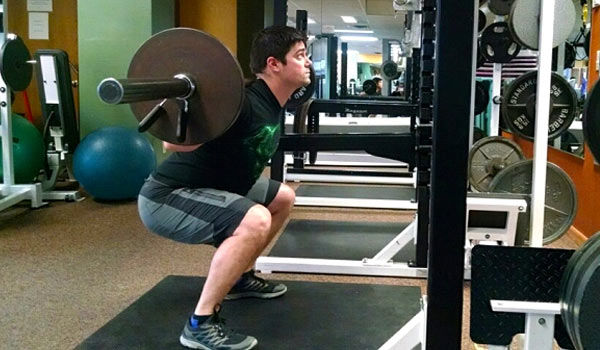
Not only do squats target the four muscles of the quadriceps safely and effectively, they recruit even more leg and core musculature than leg extensions. This aids in proper coordination and functional movement to protect the knees and hips for the long run. Plus, adding the double hip extension also works the glutes.
With the feet slightly wider than hip-width apart, lower the hips down and back, keeping the back ankle and shin angle parallel. Choose a depth that is safe for your client’s knees and hips, yet still challenging (this will vary from person to person). Engage the glutes and drive up from the floor. (Options: Body-weight squats or unloaded squats with a suspension trainer)
2. Seated Hip Adduction/Abduction
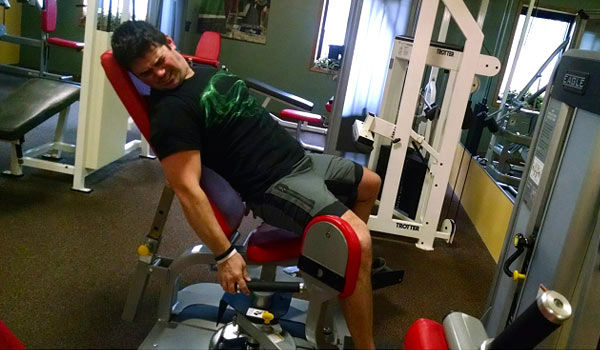
Contrary to popular belief, spending the afternoon sitting in this machine will not reduce the size of your thighs. While these machines can make the muscles burn, the only way to shrink the fat on the legs is through proper diet and overall conditioning. Furthermore, training these movements from a seated position has little functional use in real life and can put an excessive strain on the lower back.
Goal: Strengthen the hip adductor group and hip abductor group.
Replace With: Step-ups and Side Band Walks
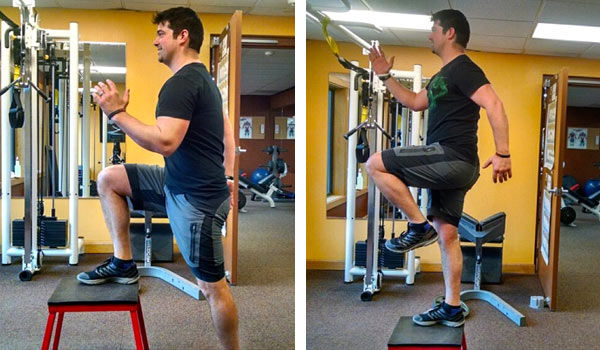
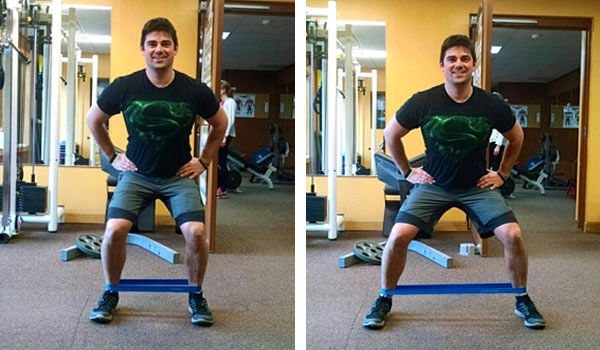
Moving hip abduction/adduction to a standing, closed-chain exercise is much more efficient in developing the functional strength needed to develop the primary knee and hip stabilizers. The control and stability required in a step-up targets both groups just a well as the seated machine. Plus, this exercise offers the added bonus of training hip and knee extension, as well as balance and knee alignment.
Begin with one foot planted on a bench or a box. While squeezing the glutes, drive the other knee up and hold for a count or two. Lower down slowly and repeat.
If the primary goal is to target the hip abductors, side-band walks make it possible to achieve the same level of strength and hip and knee stability in a much more functional environment.
Begin in a shoulder-width stance and a half squat, and with a loop resistance band over the ankles. Maintain the half-squat position while stepping into a wider stance with the left foot. Next, bring the right foot back to the shoulder-width distance without dragging. Maintain an upright posture and ensure the toes stay pointed forward at all times. (Option: Place band above knees)
3. Smith Machine Squats
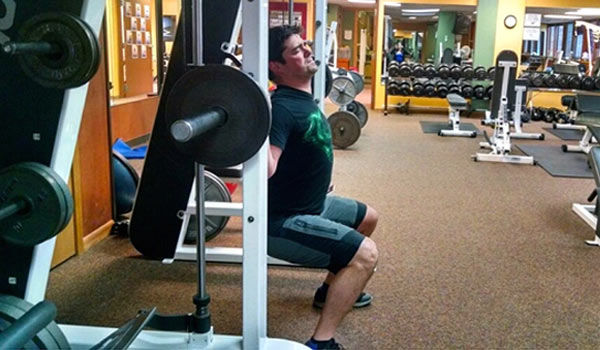
The linear path of the Smith machine forces joints to move in a less-than-natural manner compared to regular squats. This puts stress on the knees, shoulders and lower back. This can also lead to weakness and instability in the smaller stabilizer muscles that are needed in daily activities and sport.
Goal: Overall leg strength and double hip extension
Replace with: Squats

(see above)
4. Advanced Lower-body Plyometrics

Depth jumps, hops, and bounds look appealing, but most exercisers do not have the strength and knee and hip stability necessary to do these movements without injury.
Goal: Improve explosive power
Replace With: Lower-intensity Plyometric Drills (e.g., Squat Jump)
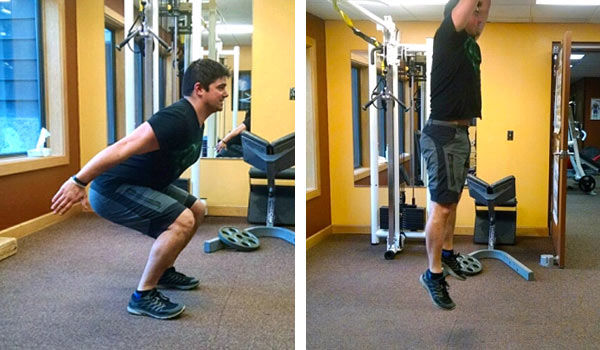
Teach proper jumping and landing mechanics with simple squat jumps before moving onto more advanced plyometrics. Begin in a quarter squat with feet hip-width apart. Extending through the hips, knees and ankles, jump off the ground and land by absorbing softly in those same three joints. Imagine jumping off of a three-foot wall—how would you land without causing any pain? Watch for buckling of the knees and improper spine alignment.
5. Wall Squats With a Ball
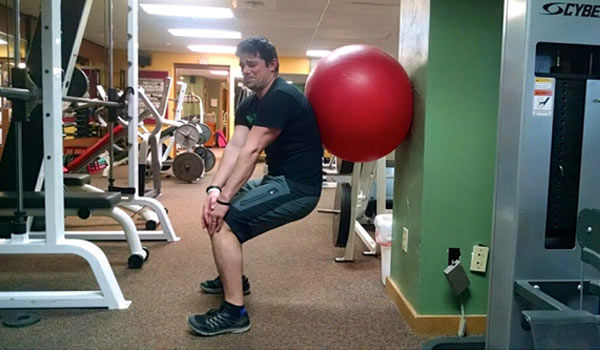
Doing squats with a ball up against the wall takes the glutes (the primary hip extensors) out of the equation. And, because the quadriceps becomes the primary movers, this exercise also puts undo stress on the patellar tendon and the knee.
Goal: Getting comfortable sitting back into a squat
Replace With: TRX Squats
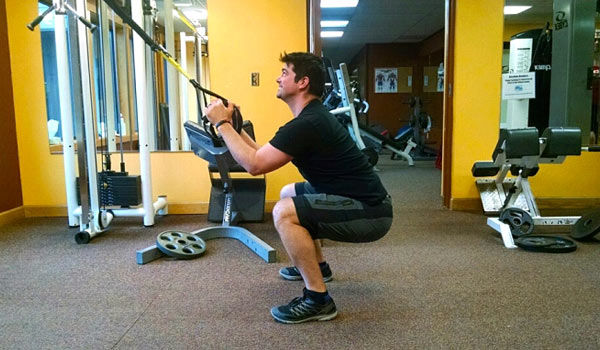
By unloading some of the body weight, squats using the TRX Suspension Trainer help people become more comfortable with the squat. The TRX also makes it possible to go lower into the movement, which increases the engagement of the glutes. As confidence and proper form are achieved, the TRX squats can be progressed to body-weight squats and then to loaded squats.
 by
by 









 by
by